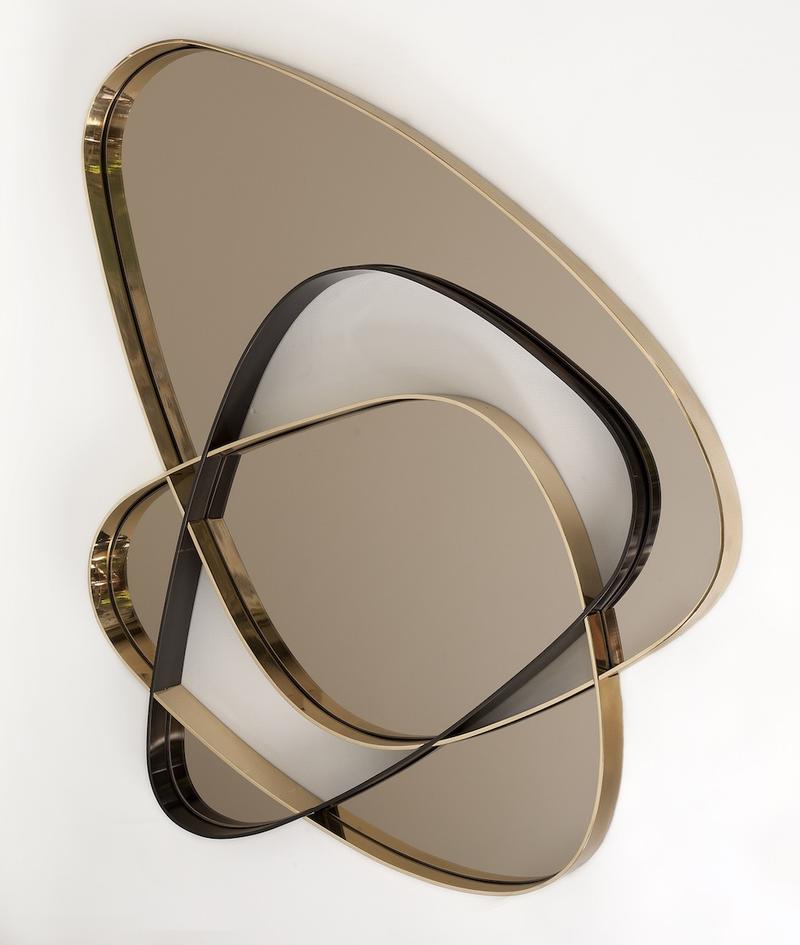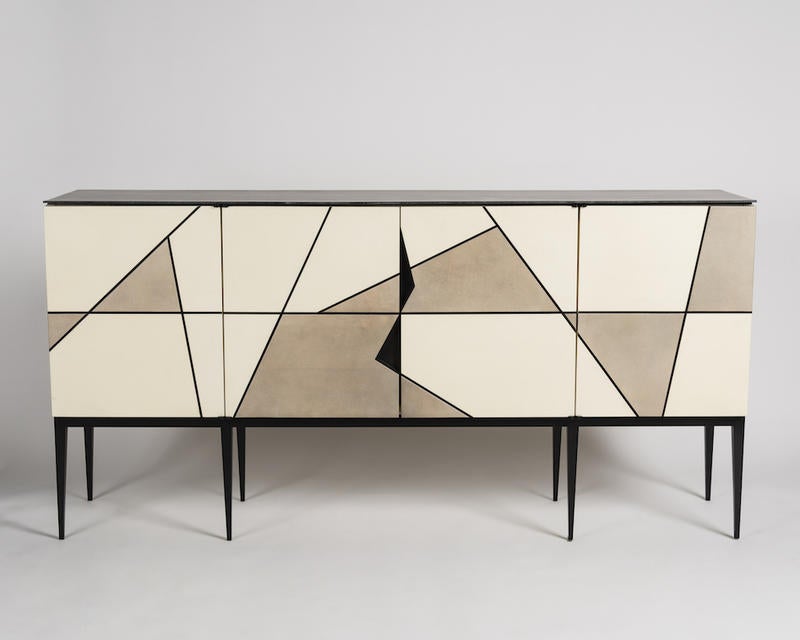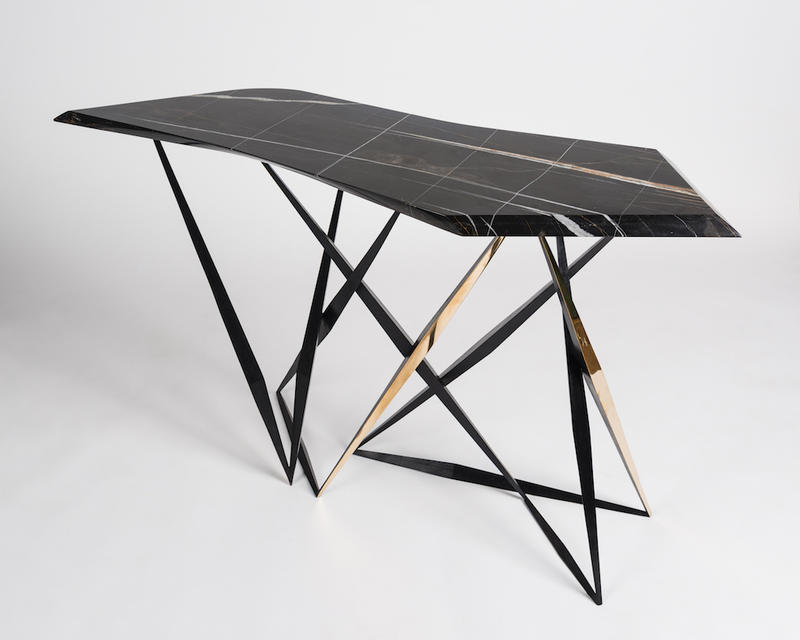The iconic bespoke furnishings of Achille Salvagni are showing alongside his emerging collections in the now-open Maison Gerard exhibit “Five Years of Creation.” Coming full circle since the Italian architect’s debut at the gallery in 2013, his first-ever solo exhibition celebrates his creativity across all disciplines.

In just five years, the Achille Salvagni Atelier label has grown from casegoods to lighting, accessory and tabletop offerings, many of which will be on display at Maison Gerard until January 16. Yet while his product has changed, his process hasn’t. The balance of traditional and contemporary remains relevant in his work today. The furniture maker caught up with EAL to preview the exhibit and reflect on this special anniversary.
Congratulations on the fifth anniversary of your bespoke collections! How do you feel your work has evolved since debuting in 2013?
Thank you very much! This is a really nice achievement of five years of creation with Maison Gerard, and it is humbling to have a show in recognition of this. From my early works, the collection has evolved into bigger pieces, such as cabinets, but also a larger variety within the collection, such as chairs, benches, dining tables and chandeliers.
The striking evolution would be the mix of noble materials within a singular piece. There are often more than three different types of materials or finishes in the newest pieces of my collection, each requiring different artisanal skills and finishes. This complexity requires a very careful balance to get right so that the pieces appear perfect rather than just exercises in creating for the sake of creating.
How has your relationship with Maison Gerard Gallery influenced your career?
Benoist F. Drut, the owner of Maison Gerard, contacted me five years ago when he saw a bespoke cabinet I designed for a penthouse project I completed in Central Park. Since starting out as an interior architect, I have always created bespoke works when I cannot find what I want for the space. Benoist saw that the combination of my attention to detail and material choice coupled with an exquisite build quality matched well with their program at Maison Gerard, and so he commissioned my first collection, which launched in 2013.

It has been a successful collaboration and one that has grown in strength with each year that passes. Freed from designing for a specific space already in mind, I am able to explore material combinations, scale and balance as if I were a sculptor, which in turn has led to my work exploring ever more complex and intricate forms, but always with a keen eye on function.
What was the curation process behind your first solo exhibition?
What we really wanted to show was a selection of some of the most successful pieces I have produced over the past five years and to show the evolution of my style, material choices and lines. Of course, we have also included some new work that hasn’t been seen before, so that people can see this evolution for themselves.

Can you tell us about the inspiration behind the new furniture and lighting designs that will be on display?
The creation of my collection of furniture goes side by side with the creation of the interior projects I am working on. Inspiration can be taken as much from Japan as it can be from Rome, my home city, and it is translated into material choices as well as form and construction techniques. The newest pieces are a mix of these but always following the use of noble materials, which is one of the most important aspects of my work with Maison Gerard.
As my reputation has grown, so, too, have the opportunities presented to me to create for individuals. My clients are forever educating themselves, and with that, their taste becomes more sophisticated, so I have to keep a few steps ahead. I introduce new materials to my work that might not have been considered before for that particular application, or I revive a previously lost technique. For me, it is very important that we educate ourselves about the past, and that we keep traditional techniques alive at the same time as exploring new ones.
In my studio, we are 3-D printing alongside casting bronze—two techniques at the polar opposites of human civilization. There are some 5,000 years between them, but today they sit side by side. To me, that is what I find exciting, to mix the old and new, traditional and contemporary, and let them find their balance.




























